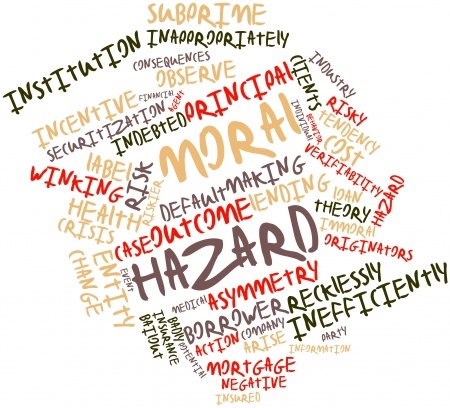Application Exercise 2d: Moral Hazard
- A risky driver would select Policy No. 1 (high annual insurance premium but low excess) because they are more likely to make a claim on their insurance (and thus pay excess) as there is a greater chance that they will be involved in a road accident that is their fault. Conversely, a safe driver would select Policy No. 2 (low annual insurance premium but high excess) because they are less likely to make a claim as they are less likely to be involved in a road accident. Therefore, it stands to reason that they would opt for a low annual premium rather than the more expensive high annual premium.
- Insurance companies offer their customers a choice of insurance policies to get them to reveal information about themselves. This is an example of screening in action, where the uninformed party (in this case, the insurance company) in a transaction tries to elicit information from the informed party (in this case, people wanting to buy car insurance). By offering the two policies customers will voluntarily reveal information about themselves as the risky drivers will naturally select Policy No. 1 while the safe drivers will opt for Policy No. 2 as it is in their self-interest to do so.

